

Maggie Groat
flowers also gardens, gardens also seeds
Billboard
June 2020
curated by Tarin Dehod
The frame of this moment is part of who we are, and part of who we have always been even if we have ignored it in the past. It is once again exposing to the privileged the worst of ourselves, and the necessity of showing up, with our bodies, our words, our resources. It is weaning us down to the fundamentals: the value of life.
In the fall of 2019, Maggie Groat and I started talking about ungendered fertility and production. fertilities>twins>swings>sings (2019) was the core work in a knife, a project I curated as part of Gallery 44’s “A Maze of Collapsing Lines,” an online series also featuring the work of Amalie Atkins and Soda_Jerk. We envisioned fertilities> installed on AKA’s billboard this summer, but after months of pandemic life in all of its complexity and constraint, we had a gut feeling, a pull toward flowers also gardens, gardens also seeds (found paper, 2020). This collage was originally made as a pattern for fabric, that intention was clear; the work enveloped us, like something we didn’t know we needed. The AKA and Paved billboard has naturally gathered its own mandate, layered by the artists who have contemplated its presence on a street in Saskatoon with a history of extreme prejudice, violence, and now shared by gentrification and many essential non-profit services. Artists tend to address this space either through an image that offers beauty and contemplation or something pointed, hard, and inescapable.
I’m writing this statement now in another world. Not new, more raw, less obscured. And flowers also has been up on 20th Street for two weeks. The work is a utopic vision; an impossible garden. I’m not sure what it means to present art work right now, but I am sure that fertility and growth, and life and death are ever present.
Flowers also gardens, gardens also seeds is an offering, a memorial. And like all things that are relegated to the ground, it is fertilizer for something new to grow.
Maggie Groat is a visual artist who utilizes a range of media including works on paper, sculpture, textiles, site-specific interventions and publications to interrogate methodologies of collage and salvage practices. Her current research surrounds site-responsiveness, shifting territory, associative logic, decolonial ways-of-being, gardens, slowness, margins, and the transformative potentials of found and ritual materials. The approaches and perspectives demonstrated within her practice are informed by her Skarú:ręʔ and Settler backgrounds, her roles as mother and environmental steward. Her work has been shown at institutions across Canada, including The Western Front (Vancouver, BC), Walter Phillips Gallery (Banff, AB), Art Gallery of York University, Art Museum University of Toronto (Toronto ON), SBC (Montreal, QC), and has twice been long-listed for the Sobey Award (2015, 2018). She is the editor of The Lake (2014) published by Art Metropole (Toronto ON) and ALMANAC (2017) published by the Kitchener Waterloo Art Gallery (Kitchener ON). She is currently a lecturer in the Visual Studies department at the University of Toronto and lives with her partner and three young children on the land between two lakes, the traditional territory of the Haudenosaunee, Chonnonton and Anishnaabeg.
Based in Toronto, artist Jennifer Murphy has been continuously engaging the art industry with her display of delicate craftsmanship and fervent expressiveness. Her work is a composite of small cuts outs, which Murphy had hand stitched from intricate spans of thread to eventually form whole compositions that create the semblance of skulls and birds in large unframed collages. There appears to have a level of consistency in the styles and types of imagery that the artist has accumulated. On inspection of these collections, a strong inclination for spiders, snakes, cats, butterflies, birds, mummies and jewels is revealed. Ranging from delicate webs of animal life to the kaleidoscopic spheres of text the artists has attempted to move her strategy into installation and sculpture employing newspapers and books as well as magazine cutouts.
Murphy’s art resonates the disturbing imagery of the poetry of Li Ho, a renowned poet of the Tang Dynasty. Li Ho’s brilliance was not at the time accepted in any way by his contemporaries and was known as a ‘Ghost Poet’ in part due to his name as a dark figure on the literary fringes. His literary imagery of life under the constant threat of decay is seemingly prevalent within Murphy’s work, her collages working as a visual realisation of the Li Ho’s poems.
Murphy’s collages are peppered with references to decay and morbidity yet simultaneously emanates a light and certain sweetness whilst capturing an essence of the exuberance of nature. This equilibrium formed by the melding of macabre and the exquisite acts as emulation the natural world. As death cannot exist without life, it is presented through Murphy’s collages that these two forces of existence entwine and embrace.
Delicate Nature Collages Held Together by Thread Reflect a Time of “Ecological Mourning”
By Kelly Richman-Abdou on October 26, 2019
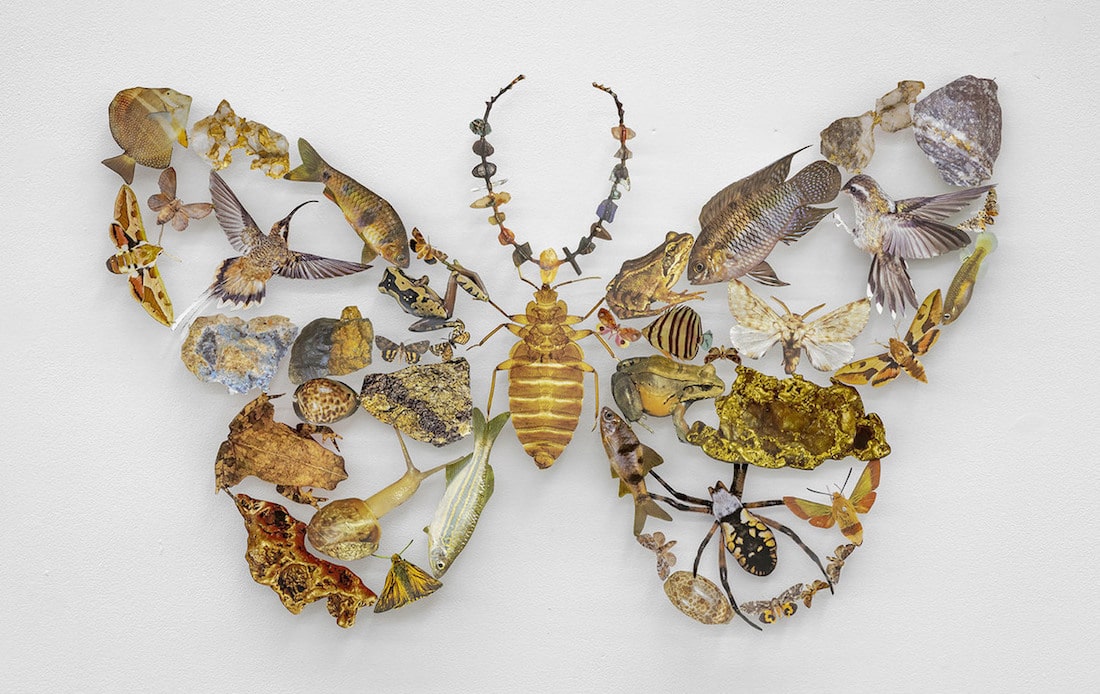
Collage artist Jennifer Murphy is inspired by interconnectedness. While this interest informs much of her work, it is particularly evident in The Shadow of Sirius, a series of delicate nature collages comprising flora and fauna cut-outs held together by thread. “Wedding the specimens of the naturalist with the visions of the fantasist,” these eye-catching pieces explore our real-life environment through a surreal lens.
Each of Murphy’s collages is made up of a collection of photographs that work together to create a bigger picture. In order to aptly illustrate the artist’s focus on the natural world, these smaller images exclusively feature animals, plants, and organic objects, like sticks, stones, and seashells. Once artistically arranged by Murphy, these photos form silhouettes of similarly-themed subjects, with butterflies, birds, and branches among her most revisited motifs.
AD
In addition to showcasing the beauty of nature, these collages speak to more existential themes—namely, of loss. Relevant to the artist’s personal life and to the world as a whole, this concept has recently given new meaning to Murphy’s lifelong practice. “Although I have worked in collage since I was a child, I really began to explore large-scale, sculptural collage after the death of a dear friend and close collaborator ten years ago,” she explains. “This series comes at another time of loss, both personal and I believe collective. We now live in a time of ecological mourning and are in desperate need for paths to rediscover hope.”
It is this pursuit of hope that has inspired Murphy to create The Shadow of Sirius, a project that creatively shines a light on the earth’s diverse ecosystems and, most importantly, reminds us that everything is connected.
In The Shadow of Sirius, artist Jennifer Murphy crafts delicate nature collages that reflect “a time of ecological mourning.”
AD
AD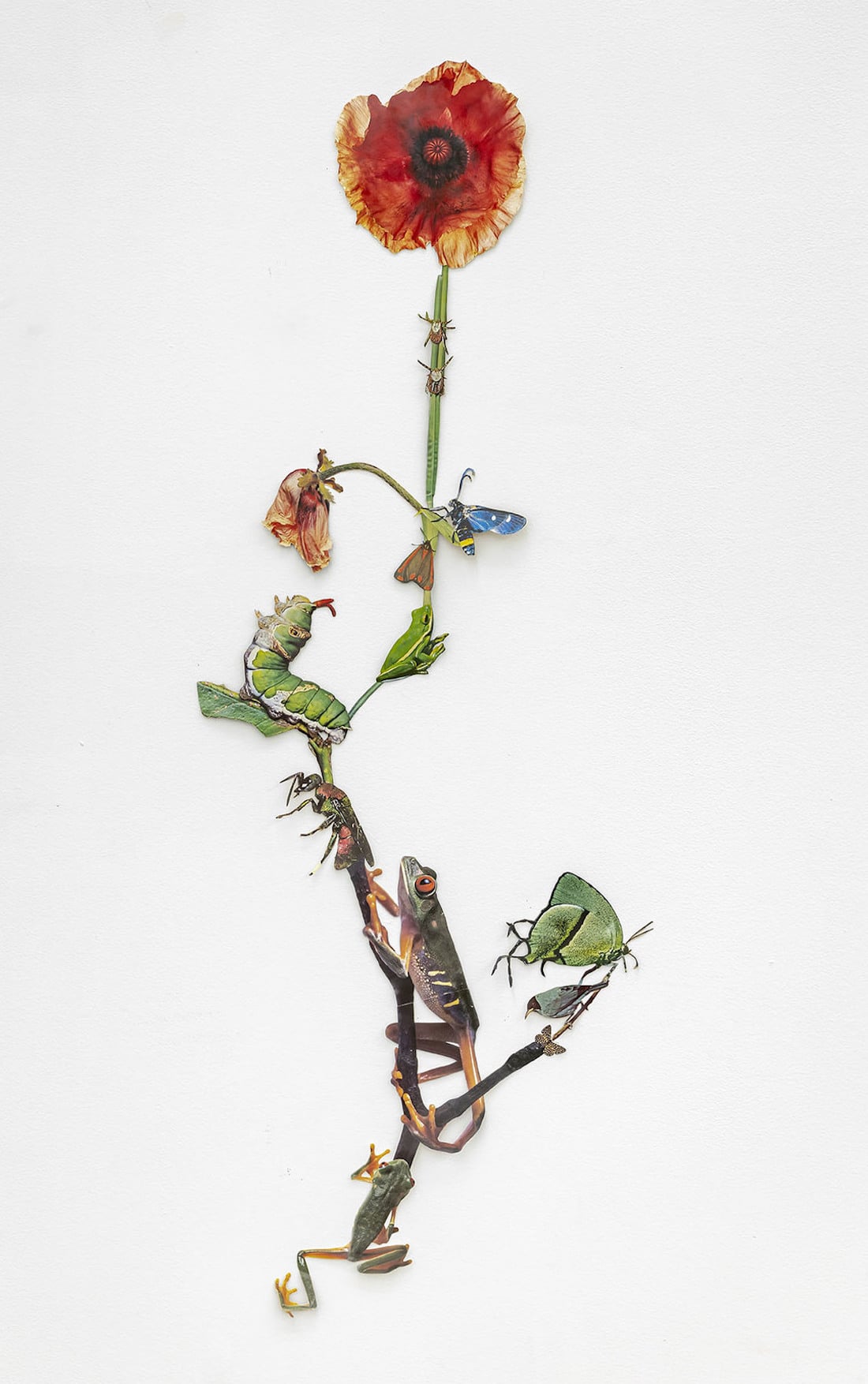
AD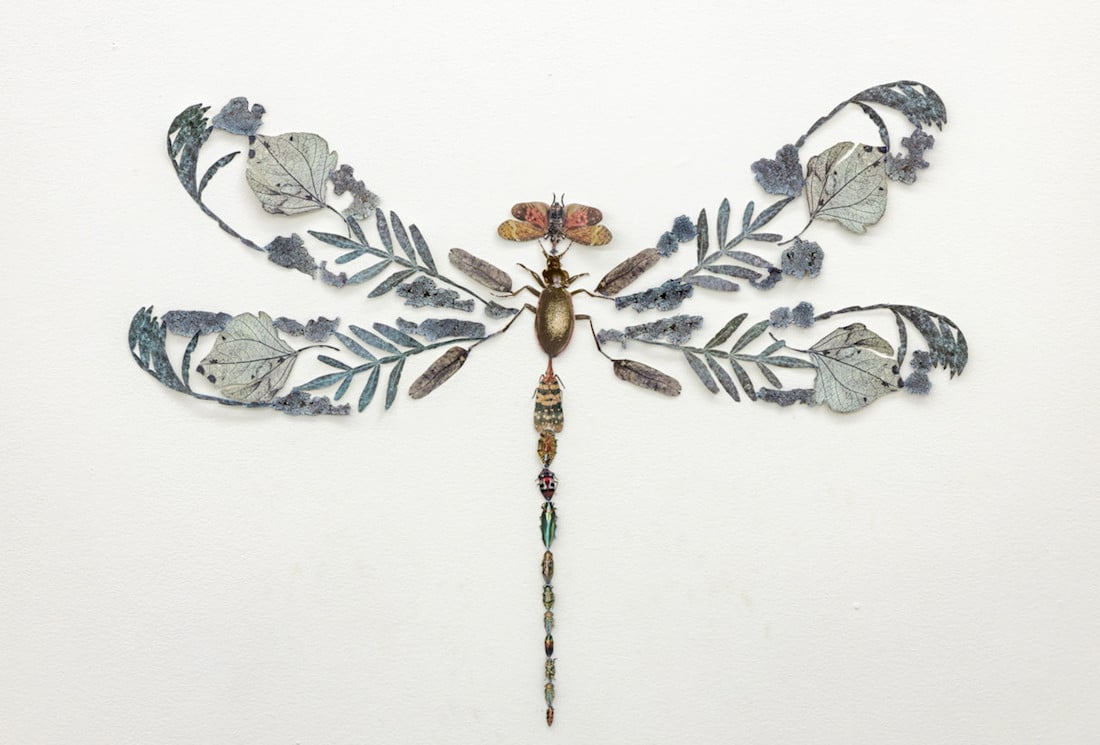
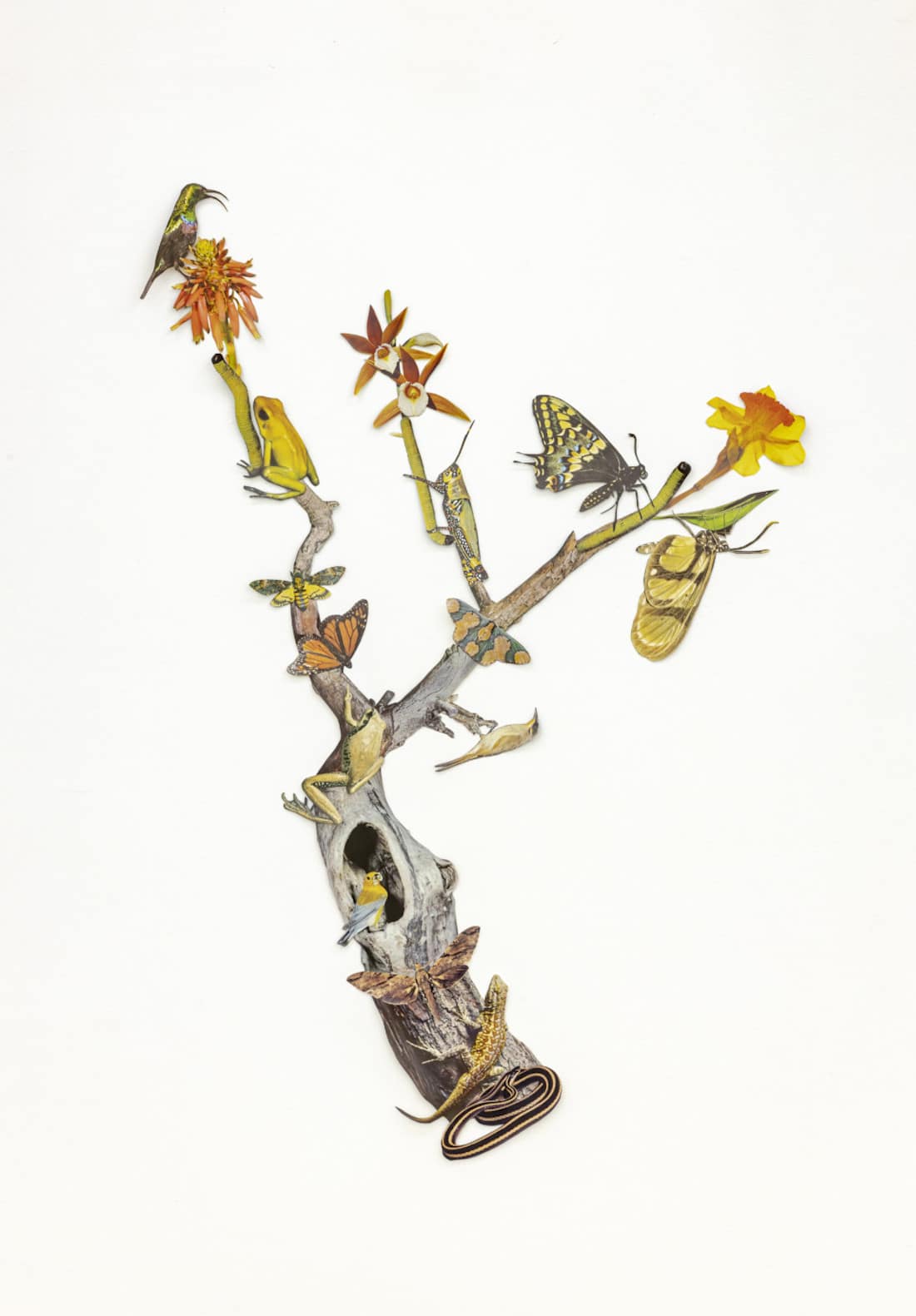
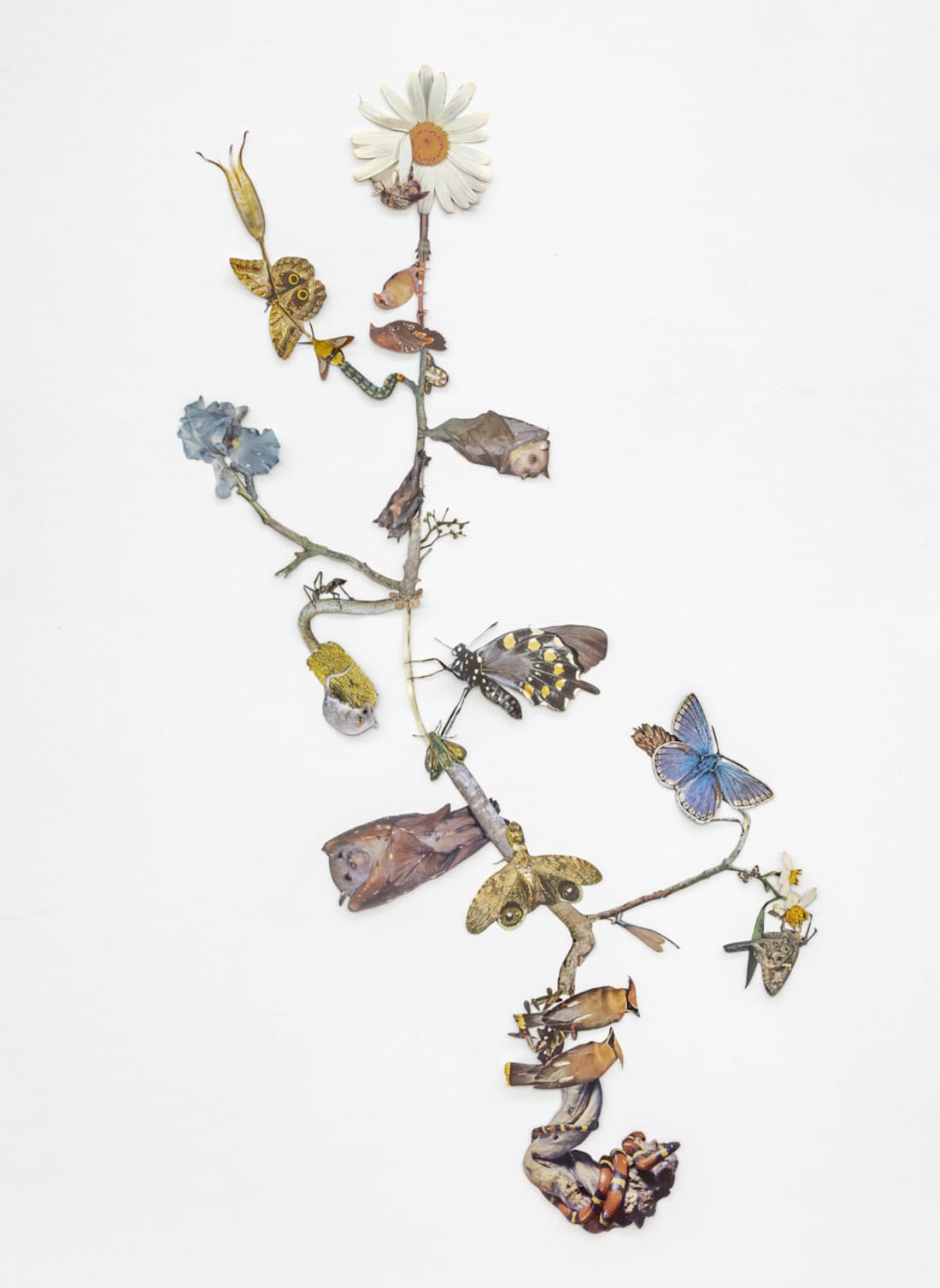
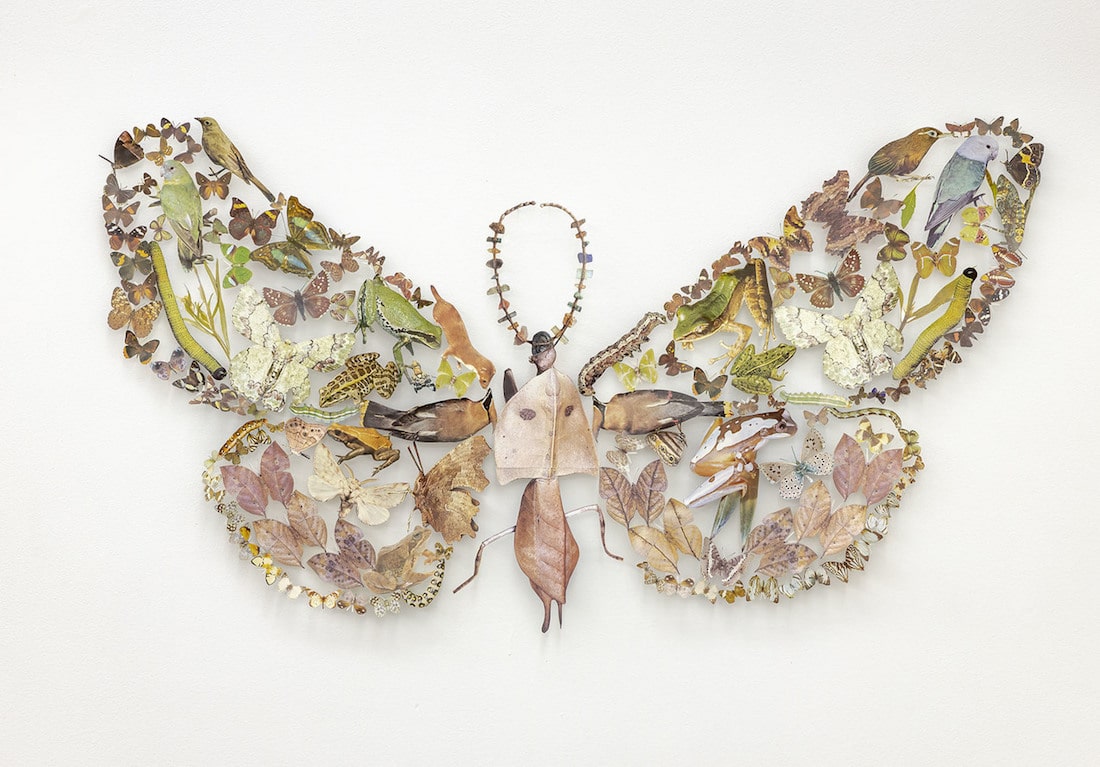
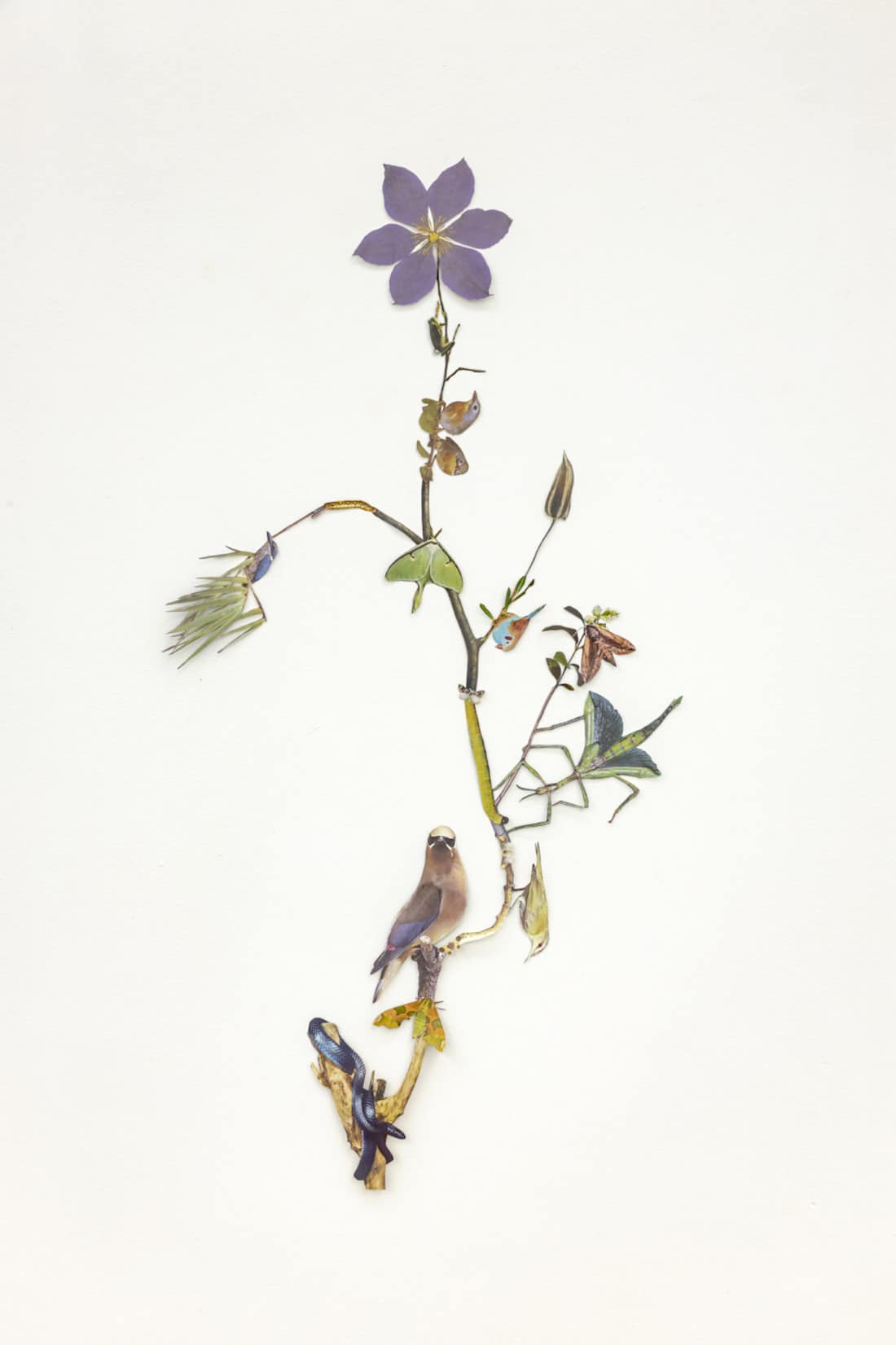
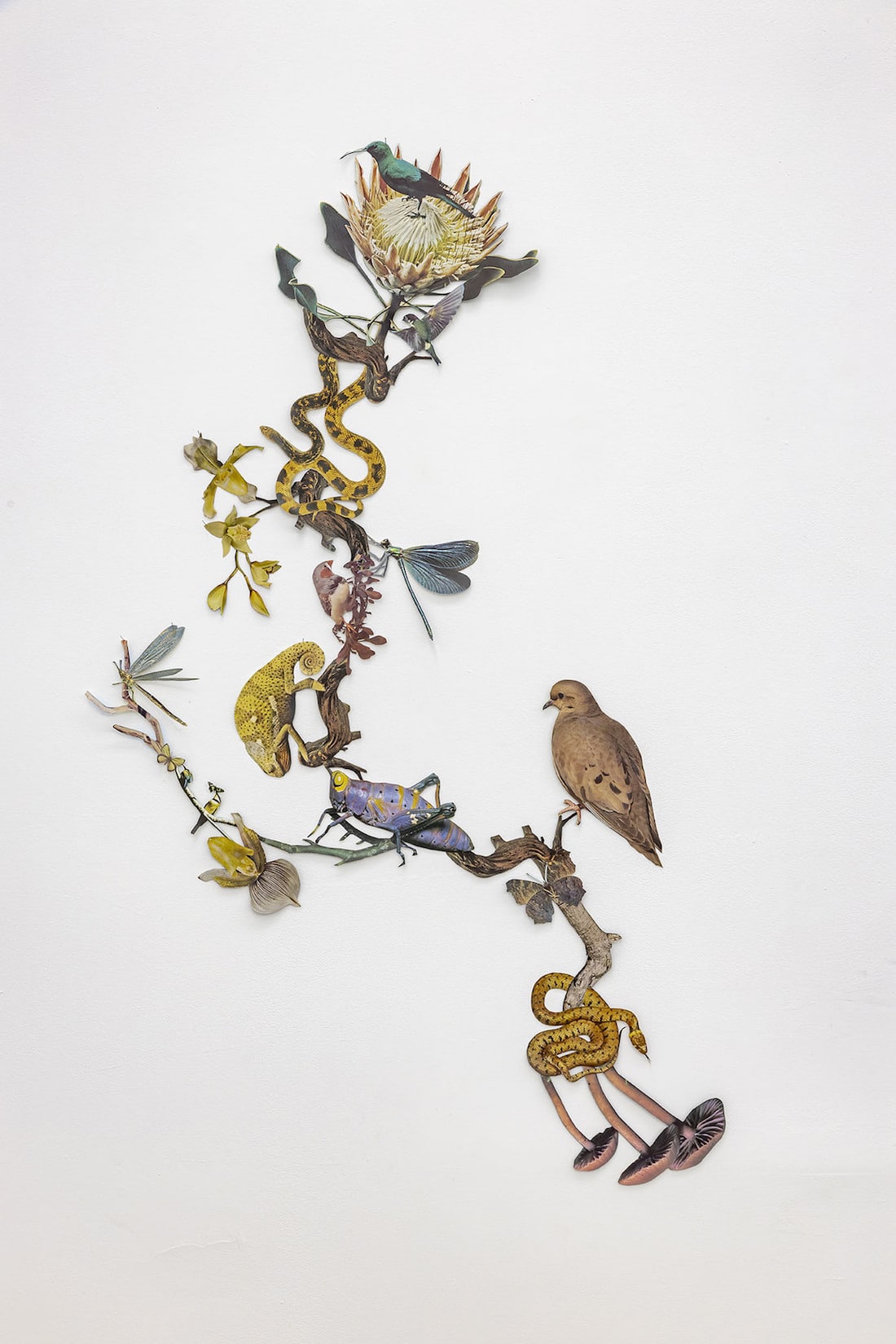
These exquisite pieces were recently featured in a solo show at Toronto’s Clint Roenisch Gallery.
Sameer Farooq and Mirjam Linschooten
The Museum of Found Objects: Toronto (Maharaja and—)
In collaboration with Mirjam Linschooten
Art Gallery of Ontario, Toronto. Installation and book.
Curated by: Haema Sivanesan
The Museum of Found Objects: Toronto (Maharaja and–) was completed upon invitation from the Art Gallery of Ontario. Responding to an exhibition in a neighbouring room entitled Maharaja: The Splendour of India’s Royal Courts, our goal was to cleverly update the colonial exhibition with contemporary, everyday objects from South Asian communities across Toronto. The result was an installation and bookwork of hundreds of objects which drew lines between itself and the neighbouring exhibition. On the last day of the show, visitors were invited to “Loot the Museum” freeing the objects and releasing them back into the city.
Download full curatorial essay
№ 1/1
Next project: → The Museum of Found Objects: Istanbul
Previous project: ← Kashgar Commons

Object photo 86 (makeup)

Object photo 34 (telephone)

Exhibition view at the Art Gallery of Ontario (AGO), Toronto, Canada, 2011.

Publication cover

Publication interior showing Grooming Set (No. 56) and Paper Dinner Service (No. 57)

Publication interior showing Bingo Cage Set (No. 37) and Alcohol Collection (No. 38)

Publication interior showing Metal Skewer (No. 60) and Duster (No. 61)

Loot the Museum event at the Art Gallery of Ontario (AGO), Toronto, Canada, 2011.






